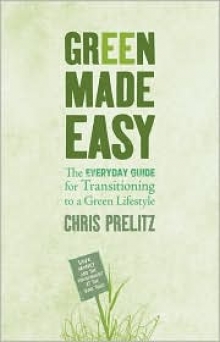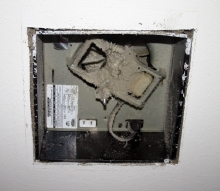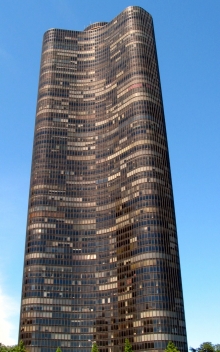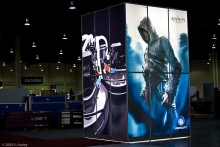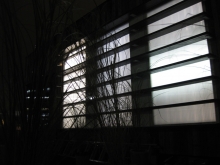The Everyday Guide for Transitioning to a Green Lifestyle
If you are one to make New Year's resolutions or goals, may I recommend Prelitz's Green Made Easy book? As the title of the book suggests, the idea of 'making green easy' is one of our greatest challenges, as I alluded to in the feature article this week. Not only homeowners, but professional architects and those in academia find sustainable concepts difficult to manage, largely because of complex mathematical and engineering concepts.
Prelitz told me during an interview yesterday, "Green Made Easy was designed to reach a wide spectrum of the population, so it covers many facets of sustainability. For the design professionals, there are four chapters devoted to passive solar design."
Green Made Easy exemplifies Prelitz's view that sustainability goals are achieved through education. With regard to LEED, Prelitz believes that LEED's strength is indeed sustainable education. However, when it comes to using LEED's resources, Prelitz believes, "LEED is a measurement tool; not a design tool." The main design tool we need in our back pocket is green knowledge that leads to a dynamic green design intelligence.
